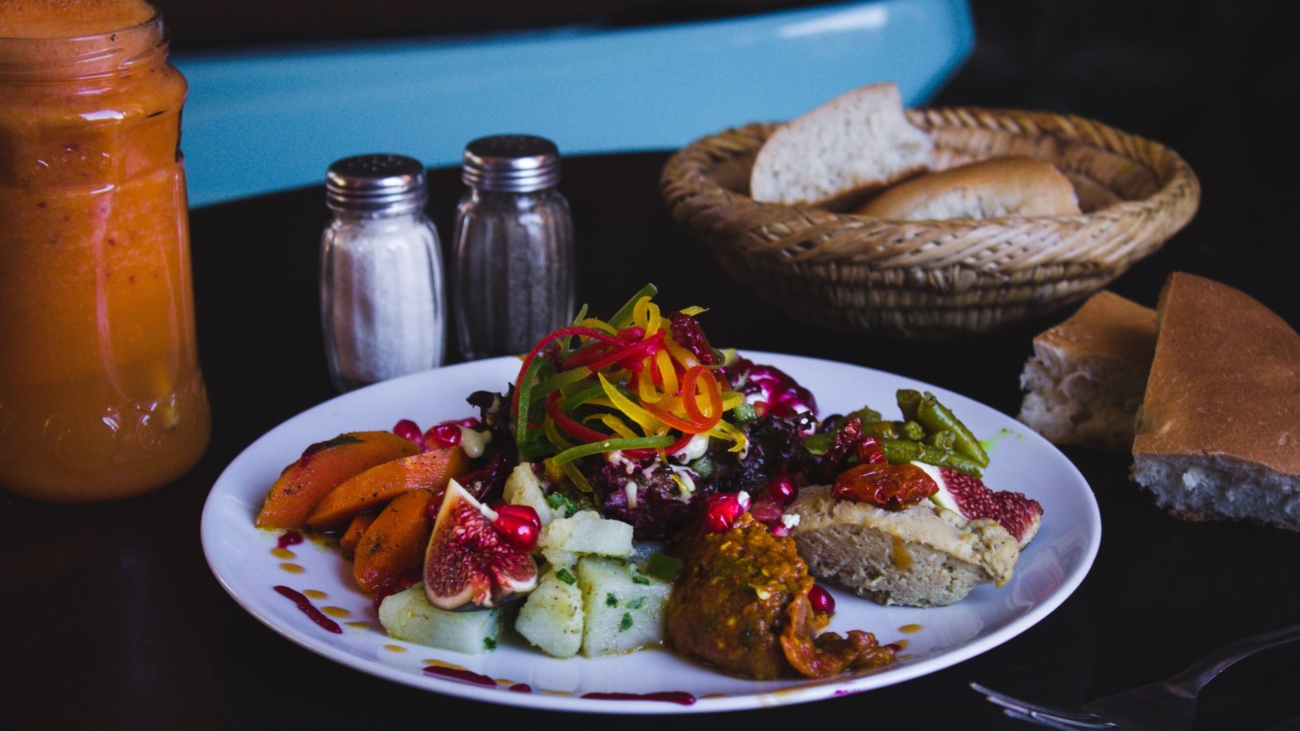Are you looking for a way to spruce up your recipe repertoire with some nutritious and delicious dishes? Look no further than the flavorful ingredients of Arab cuisine! In this comprehensive guide, you’ll learn all about the tasty staples favored by Arabic people, plus helpful tips on how to easily prepare them in your own kitchen.
What is Arab Cuisine?
Arab cuisine is a term used to describe the foods and dishes of the Arab world. Arab cuisine includes both traditional and modern dishes, and is influenced by the cuisines of the Middle East, North Africa, and the Mediterranean. Arab cuisine is known for its use of fresh, healthy ingredients, as well as for its variety of flavors and spices. Common staples of Arab cuisine include rice, bread, lamb, chicken, vegetables, and fruits. Arabic coffee and tea are also popular beverages in the Arab world. Some popular Arab dishes include falafel (fried chickpea balls), hummus (chickpea paste), shawarma (spit-roasted lamb or chicken), and kebabs (grilled meats).
Other popular items include Arabian flatbreads, such as khubz or pita; various stews and soups; and desserts like baklava (filo pastry with nuts) or kanafeh (shredded wheat pastry with cheese). The foods of the Arab world are often served with traditional accompaniments such as yogurt, pickled vegetables, olives, and tahini (sesame seed paste). Herbs and spices like mint, cardamom, cumin, cloves, and cinnamon are commonly used in Arab cooking to add flavor to dishes.
Traditional Dishes and Ingredients
There are countless traditional Arab dishes that are both healthy and nutrient-rich. Here are just a few of the many options available: Falafel: A vegan-friendly option, falafel is typically made with chickpeas, fava beans, or a combination of the two. They are deep fried and often served inside pita bread with various toppings like tahini sauce, hummus, or cucumber yogurt salad.
Tabbouleh: A popular salad dish, tabbouleh is made with parsley, bulgur wheat, tomatoes, mint, onion, and lemon juice. It is light and refreshing, making it a perfect side dish or appetizer.
Fattoush: Another delicious salad dish, fattoush is traditionally made with chopped vegetables like cucumber, tomatoes, radishes, and green onions. It is tossed with toasted pita bread pieces and a dressing of olive oil and lemon juice.
Kibbeh: Kibbeh is a versatile dish that can be either baked or fried. It is made with ground meat (usually lamb or beef) mixed with bulgur wheat and spices like cumin and allspice. Often served as an appetizer or main course.
Cooking Techniques Used in Arab Cuisine
There are a variety of cooking techniques used in Arab cuisine, all of which contribute to the rich flavor and nutrients found in these dishes. One common technique is slow cooking, which allows the flavors of the ingredients to meld together and results in a more robust taste. Another popular method is stewing, which also helps to bring out the natural flavors of the food.
Arab cuisine often makes use of spices and herbs to add flavor and depth to dishes. Some common spices used include cumin, turmeric, cardamom, cloves, and cinnamon. Herbs such as parsley, mint, and cilantro are also often used fresh or dried in order to add a pop of color and freshness. One final cooking technique that is prevalent in Arab cuisine is roasted meats. This method is typically used for lamb or chicken dishes and results in a deeply flavorful and moist piece of meat. When combined with the other methods and ingredients used in Arab cuisine, roasted meats are truly a memorable culinary experience.
Health Benefits of Arab Cuisine
When it comes to healthy eating, Arab cuisine has a lot to offer. Here are some of the health benefits that can be enjoyed by incorporating this nutrient-rich cuisine into your diet:
1. It’s packed with healthy fats. Arab cuisine makes use of healthy fats like olive oil and nuts, which are great for your heart and cholesterol levels. Fatty fish like salmon and tuna are also often used in Arab dishes, providing valuable omega-3 fatty acids.
2. It’s rich in vitamins and minerals. Due to the use of fresh fruits and vegetables, as well as whole grains, Arab cuisine is naturally high in vitamins and minerals. This means that it can help boost your immune system, energy levels, and overall health.
3. It’s low in sugar and unhealthy additives. Unlike many other cuisines, Arab dishes tend to be low in sugar and free from unhealthy additives such as artificial colors and flavors. This makes them a healthier choice overall, especially if you’re trying to watch your waistline.
Recipes for Authentic Dishes from the Region
While Arab cuisine varies from region to region, there are some common dishes that are staples across the Arab world. Here are some recipes for authentic and healthy dishes from the region:
-Tabbouleh: a fresh and flavorful salad made with parsley, mint, bulgur wheat, tomatoes, and olive oil.
-Fattoush: another refreshing salad made with chopped vegetables like cucumber, tomato, and onion, as well as crispy pita bread.
-Hummus: a smooth and creamy dip or spread made from cooked chickpeas, tahini, garlic, and lemon juice.
-Baba ghanoush: a roasted eggplant dip similar to hummus in texture and flavor.
-Falafel: fried balls or patties made from ground chickpeas or fava beans and typically served in a pita sandwich with tahini sauce.
Conclusion
With so many diverse and delicious dishes, Arab cuisine is a great way to enjoy healthy, nutrient-rich meals. With its array of fresh ingredients, seasonings and spices, you can create nutritious meals that are flavorful and unique. Whether it’s as simple as a snack of falafel or hummus with pita bread or something more elaborate such as stuffed eggplants or lamb kebabs with couscous – there is something for everyone when preparing an authentic Middle Eastern meal. So go ahead – explore the amazing flavors of Arab cuisine today!

